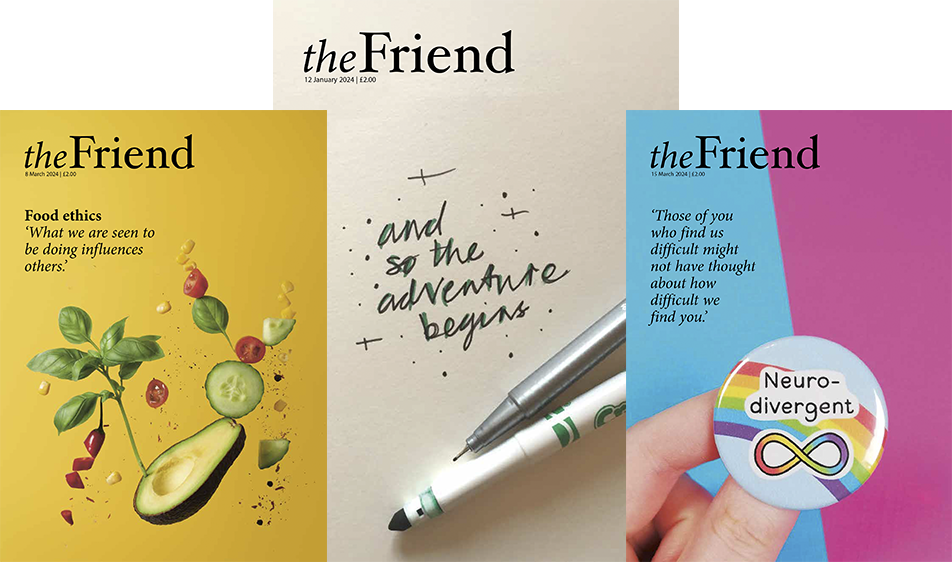Letters - 06 July 2018
From helping hands to building bridges
Helping hands
There is good sense in our Friend Raymond Hudson’s suggestion (1 June) that we should look at a charity’s website before deciding whether to donate. But I cannot agree that money should be withheld from charities in order to put pressure on them to cease supporting people with large families.
I believe the approach of Christian Aid is analogous to that of our own National Health Service and I applaud it. When you ring for an ambulance, the responder asks: ‘Is the patient breathing?’ They don’t enquire about the patient’s family size, nationality, or even the extent to which the emergency might be the fault of their lifestyle before arranging to despatch an ambulance. Every person who needs help simply gets help.
That, to my mind, should also be the approach of Quakers, whether we are directly involved ourselves, or supporting other charities. After all, we assert that every single human being is unique, precious, a child of God. Do we really want to go back to the Poor Law days of dividing people into the deserving and the undeserving, and punishing the latter – and their children – for their supposed fecklessness? I hope not.
Stevie Krayer
Recognising red lines
Joel Wallenberg’s article (1 June) does not take us ‘back to “all men are rapists”’, as was suggested in the letters pages of the 22 June edition of the Friend. That would be trivialising something very important. Rather, it addresses the pervasive cruelty that exists in ordinary male-female relationships – physical for sure, but also psychological, and so often fuelled by alcohol. It is also fuelled by expectations aroused by pornography and the media that blur ‘red lines’ for what is acceptable, both for men and for women.
The #MeToo campaign is important, but it can also be disturbing for women and, it seems, bewildering for men. Change has to come from both sexes working separately and together on recognising red lines.
If Quakers first consider this for themselves, as Joel C Wallenberg suggests, they might then be in a better position to challenge this behaviour more generally.
Jenny Cozens
